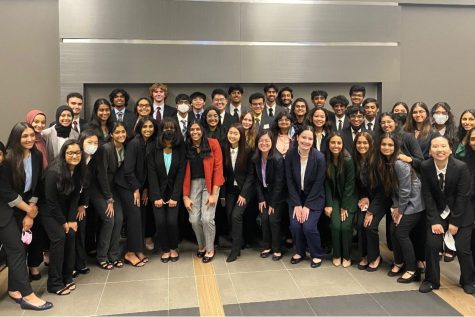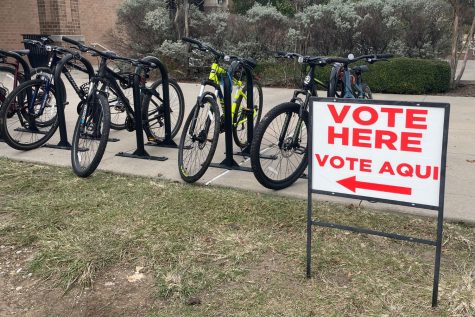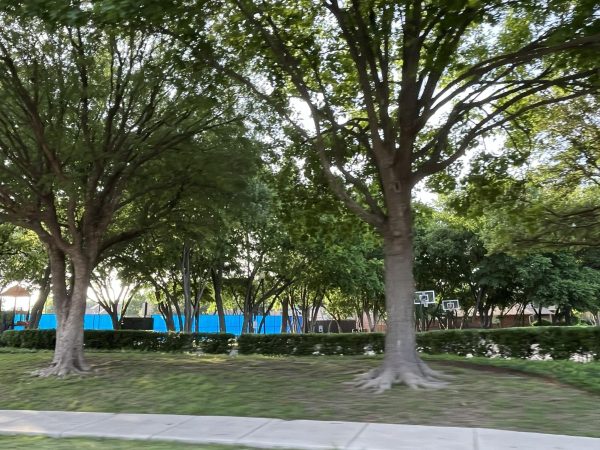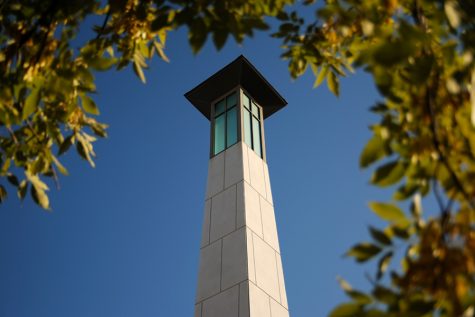The basis for school district boundaries
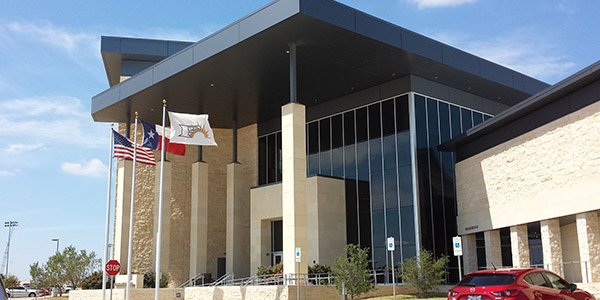
With an enrollment of more than 55,000 students, Frisco ISD is one of the fastest growing school districts in the state.
As the school year comes to a close, many students are looking forward to summer vacation and for some, the next school year. However, with the opening of Lebanon Trail High School this fall, returning students will see a slight change in the school’s environment.
“When Lebanon Trail opens, our freshman class at Liberty next year will be smaller,” assistant principal Kristen Sommers said.
Although there will be a reduction in number of students, the school’s population won’t see a significant drop until later.
The boundaries for school districts in Texas were formed many years ago, before some of today’s communities even existed
— FISD communications coordinator Meghan Cone
“Really and truly, there’s still growth going on within the Liberty attendance zone as well,” Sommers said. “Our overall enrollment at Liberty really isn’t going to start to drop too drastically, at least for the first couple of years and then as other additional high schools on this side of town are opened, then we’ll start to see some relief here at Liberty.”
The district’s growth can be seen as it stretches across multiple cities in the area due to preexisting boundaries that were drawn. As communities in the district grew and their boundaries changed, the district remained stagnant, according to a FriscoSTYLE magazine.
“The boundaries for school districts in Texas were formed many years ago, before some of today’s communities even existed,” FISD communications coordinator Meghan Cone said. “The boundaries for Frisco ISD for example were drawn when the area was rural – that’s why they don’t coincide with city boundaries and we have students who live in Plano, McKinney and Little Elm as well as Frisco.”
The addition of new high schools prompts zoning changes as well and are made based on a number of factors.
“The zoning for schools is determined by the district administration office and they look at population and demographic maps to determine how many students live in each area, neighborhood, apartment complexes, those kinds of things,” Sommers said. “They take all of that into consideration as they propose attendance boundaries to be approved so that it’s as equal as possible without any of the high schools being too terribly much bigger or smaller than the others. Transportation is taken into consideration-all kinds of things are taken into consideration.”
According to a Frisco STYLE magazine article, the school district set principles that would guide the rezoning process every year including optimum use of space, minimum busing, heterogeneity, and proximity to campus. Unity was added to the list when the district opened its first school in the city of Plano.
“Some people were saying, ‘When we rezone, let’s make sure all those kids are from Plano. We’ve got a natural boundary there separating the city of Frisco from the city of Plano,’” former superintendent Rick Reedy said in the Frisco Style article. “We said, why? They’re all Frisco ISD kids. Why would we want to do that? That’s unity. We don’t care what town or city they come from.”
Redrawing the boundaries of a school district is costly and time consuming, contrasting with the flexible, yearly process of rezoning within the district, according to the FriscoSTYLE magazine. However, the zoning changes affect families in a way that forces some students of the same family to go to different schools.
“In Frisco, with the exponential growth that we’ve had in Frisco ISD and in the Frisco/McKinney/Plano area, it is one of those things that you know coming into the district that change is happening every single day and every year we’re opening new schools and that is something that we have to contend with every year,” Sommers said. “As new schools open and attendance boundaries change, some families may be split.”
They’re all Frisco ISD kids. We don’t care what town or city they come from
— former superintendent Rick Reedy
Sophomore Gabriela Leyva-Montiel experienced this firsthand.
“The way the zoning was laid out affects my family a lot in that it divides us into Liberty and Lebanon Trail High School, so this definitely created a big impact in my family,” Leyva-Montiel said.
Leyva-Montiel and her 8th grade sister are both in orchestra as well as track which will likely lead to some schedule juggling.
“We believe that the high school experience is not just about the academic side. My sister and I are involved in basically the same extracurricular activities,” Leyva-Montiel said. “Therefore, our schedules are not the normal 9 to 4:10 school schedule. We would be having different practices, before or after school, different concerts, and so on.”
Although there are some divided families in the district, FISD policy doesn’t allow for transfers which sometimes has families finding their own solution.
“My parents are really supportive and they like to support my brother, sister, and I equally,” Leyva-Montiel said. “However, it is difficult to be there for all of us when we’re in different schools. For that reason, we decided to move because the school district didn’t accept the grandfather rule or any transfers in this case.”
Although it’s not what most people want, the occurrence of some split families is inevitable.
“That’s something that our school board and the district personnel take into consideration as what that does and how that affects students and families,” Sommers said. “But with the growth that we have, sometimes that’s just unavoidable.”
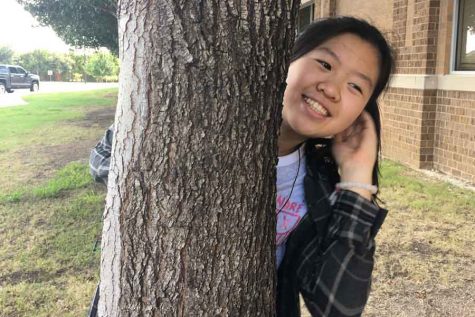
Megan is a junior who joined Wingspan her freshman year. In her free time, she likes to eat and sleep (not at the same time) and cry at the amount of work...



